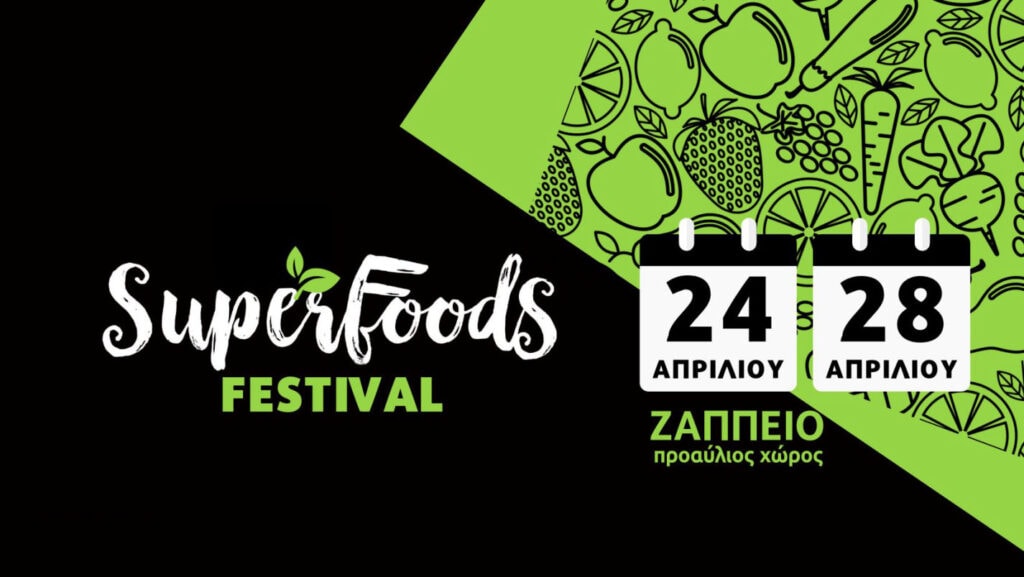Thasos is the northernmost island of Greece, and among its largest. It lies across from Kavala at a distance of 18 nautical miles. It was liberated from the Ottomans in 1912 and became part of the Modern Greek state.
Of all the Greek Islands, Thasos is a true authentic. While some of its neighbours have added international elements, Thasos has remained traditional to a T.
Thasos’ scenery is trademark Greek. The island is blanketed with rolling hillsides, fertile vineyards and olive groves. Move down to the coast, and it’s got an A-grade collection of beaches. Golden Beach, on the east coast, is probably the best-known stretch of sand, partly because it’s the longest in Thasos and partly because there’s a decent selection of tavernas and hotels near the sand.
Thasos is known for ancient waterfalls, stretches of sand, and mountain villages nestled in canyons of wild beauty. The island is heavily wooded with olive, fir, cedar, dogwood, linden and plane trees, as well as other wild trees.
Life on Thasos can be traced back to the Stone Age. Since then, a number of empires, including the Romans and the Egyptians, have tried to claim the place as their own. As such, the island’s capital, Thasos Town, showcases all sorts of mementos from the past, including an ancient Roman amphitheater and an acropolis.
Limenaria, on the west coast, picks up where Thasos Town’s history leaves off. The island’s second-largest town was the nucleus of Thasos’ mining industry in the 20th century. You can still see the turreted mining headquarters on the headland overlooking Limenaria Beach, and there’s a mine beneath it, which you can take tours of.
Its inhabitants are engaged in the timber industry, the quarrying of its exquisite marble, tourism, olive cultivation and the production of olive oil production, as well as honey.
Gastronomy
Thasos has numerous delights to tempt even the least adventurous eater. At the same time, the island offers delicious surprises for even the most seasoned traveler.
By exploring all of the villages and their local tavernas, or by eating with locals who befriend you during your holiday, you will get to know new tastes and aromas that are unique and out of your world.
If you are determined to experience as many of the best local specialties and delicacies that you can, then here are some that you should particularly look for during your holidays:
- Peppered Cabbage
This is mainly a winter dish, consisting of the local variety of pickled cabbage, combined with white beans and flavoured with peppery spices. The tart and spicy flavours combine perfectly with local red wine and this is served in the mountain villages throughout the winter, as a warming and nourishing meal.
- Tatarka
This is a dish which is served in the spring and the early summer. It can mostly be found in the more sophisticated, elegant restaurants and is enjoyed by visitors who are”in the know.” It is a dish which comprises local fresh vegetables and spring herbs, combining together to give an absolutely delicious and fresh combination of tastes. Tatarka can contain zucchini, zucchini flowers, sweet, fresh chillies and peppers, local herbs, and local greens. It is a simple dish, whose fresh and local components give it a glorious appearance and it is bursting with flavour. If you do come across this being served in the restaurant, try it and dive straight in, nobody will blame you!
- Stuffed Zuccini Flowers and Sarmadakia
The flowers of small courgette plants, quite apart from the fabulous orange colour, can provide the basis for a number of traditional dishes. They are picked early in the morning before the sun rises while they are still open, and then they are stuffed with cheese and eggs, dipped in flour and fried in fresh olive oil. They can also be filled with fresh herbs and rice and served along with sarmadakia (stuffed grape leaves), which can also be stuffed with rice and herb filling. This is an excellent dish for a light summer lunch, especially when served together along with cool, fresh yogurt.
Pitarakia are a type of very light fritters made from slices of courgettes. They’re dipped in flour with mint and spices, quickly fried, and then served together with zucchini relish which gives them a delicious and sweet taste. They are an excellent complement to a glass of retsina or ouzo, but take care not to overdo it!
- Kolios “Gouna“
This is a very local way of cooking the chub mackerel, a very delicious fish, and is probably one of the tastiest ways to prepare and cook it. The fish is slit open under its neck and cut all the way around, so as to be opened flat in one piece. The fish is lightly salted, smoked, and then baked. This gives it a unique, spicy, smoky, and salty flavour. Like pitarakia, it is also the perfect complement to a glass of tsipouro.
- Bouyourdi
Thassians have a simple and delicious way of preparing their prized feta cheese. Slices of feta are placed into a small clay pot with other soft cheeses, fresh tomatoes, sliced peppers, olive oil, and black pepper. The pot is placed into a hot oven where all of the ingredients melt together and the flavours combine to make a delicious meze. Bouyourdi is very simple and quick, but priceless in its taste and appeal.















